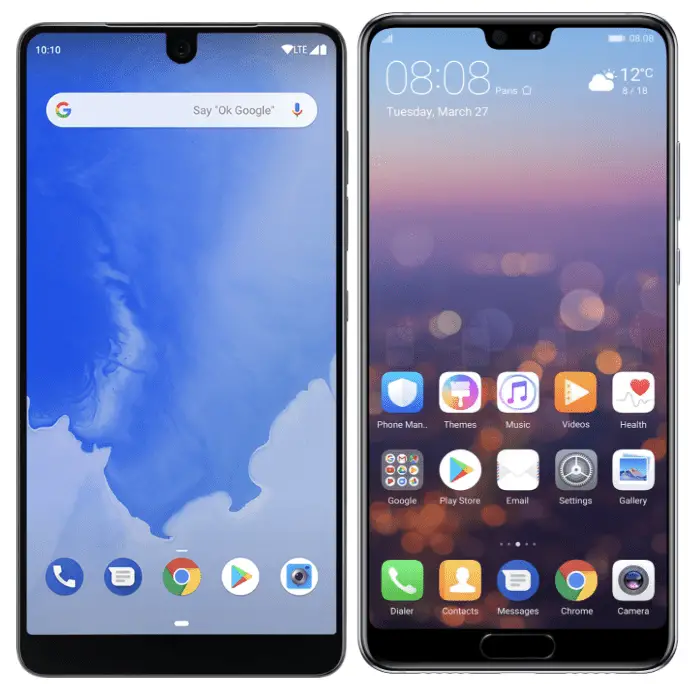
With the release of the iPhone X last year, a large number of Android phone manufacturers began to launch all-in-one full-screen phones, including Vivo, Oppo, OnePlus and Nokia. Google’s next-generation Pixel device is also rumoured to be carrying a full-screen phone. Google officially announced support for the cutouts screen area in the Android P system developer preview, but Google warned Android phone makers that more than two screen partitions (cutouts) are not allowed.

Android developers website on Google details how to modify the application code to support up to two screens fringe of Android devices, as well as adapting to developers 18: 9 ratio screen. In Android P, developers can use the screen segmentation area reasonably and effectively. For device manufacturers, Google gives guidelines for designation of screen segmentation areas:
“First, devices must ensure that their cutouts do not negatively affect apps. There are two key requirements:
- In portrait orientation, with no special flags set, the status bar must extend to at least the height of the cutout.
- In fullscreen or landscape orientation, the entire cutout area must be letterboxed.
Second, devices may only have up to one cutout on each short edge of the device. This means that:
- You won’t see multiple cutouts on a single edge, or more than two cutouts on a device.
- You won’t see a cutout on the left or right long edge of the device.”
That is to say, Google allows a device to set up at most one cutouts at the top or bottom edge of the screen, and one device must not exceed two cutouts, although the mobile device with cutouts at the bottom has not been seen yet.
Source, Image: android-developers